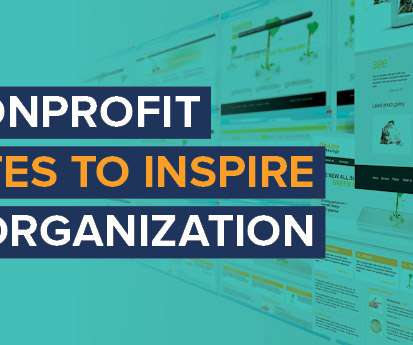Creating Buy-In for a Data Culture at Your Nonprofit
Tech Soup
AUGUST 6, 2015
Integrating data and analytics into your organizational culture can be a huge hurdle to overcome. Participation: Change in organizational culture stems from successful participation at every staff level. All these methods can create a fun atmosphere around your new data culture. Pretty soon, you stop caring also. Sound familiar?


















Let's personalize your content